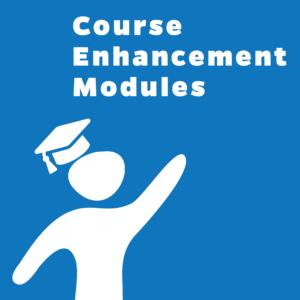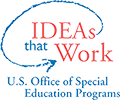Universal Design for Learning
This CEM was created to be a tool for pre-service and in-service educators who want to learn about how the Universal Design for Learning framework can be used to make curriculum design and classroom instruction accessible for all students. There are two major sections in this CEM. The first section introduces Universal Design in architecture and product design, and illustrates how these ideas influenced the educational movement that has become Universal Design for Learning (UDL). Learner variability, which is the scientific foundation of UDL, is also introduced in the first section. The first section also includes an interactive journey through the principles and guidelines that make up the UDL framework. The final section provides the participants with an opportunity to integrate the framework into their lessons and classroom practice.

Purpose
This CEM is designed to build the knowledge and capacity of educators who are working with UDL. The module can be adapted and is flexible to accommodate faculty and professional development provider needs. The anchor presentation and speaker notes can be used in their entirety to cover multiple course or professional development sessions. Alternatively, specific content, activities, and handouts can be used individually to enhance existing course and/or professional development content.
Objectives
After studying these materials, users will be able to:
- Identify characteristics of Universal Design
- Explain the scientific foundation of Universal Design for Learning, which is learner variability
- Describe the principles and guidelines that make up the UDL framework
- Link the use of the UDL framework with increased student engagement
- Implement UDL practices in classrooms and curricular design



